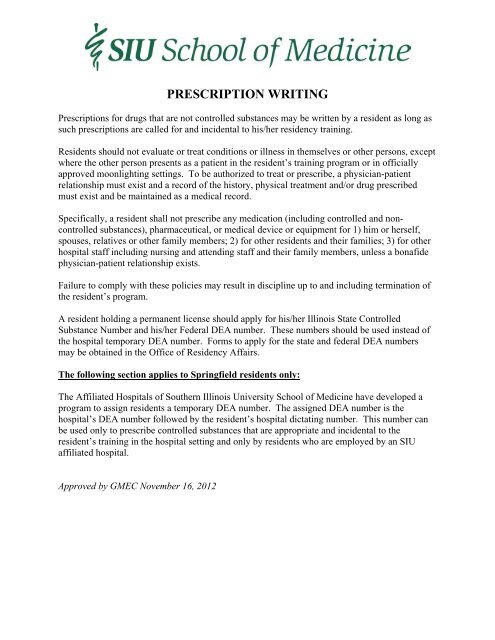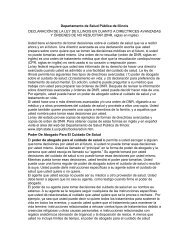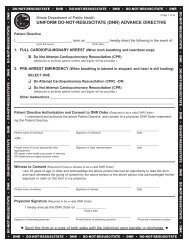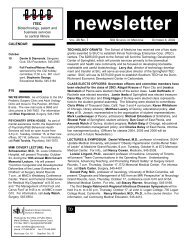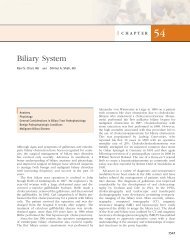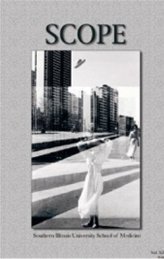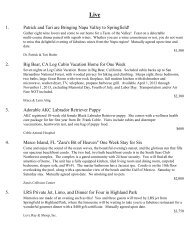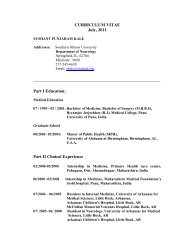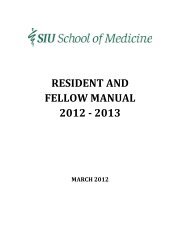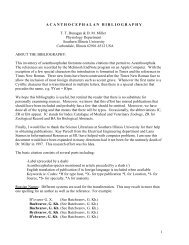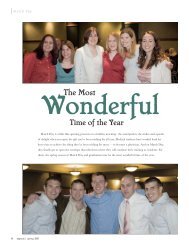Prescription Writing Policy - SIU School of Medicine
Prescription Writing Policy - SIU School of Medicine
Prescription Writing Policy - SIU School of Medicine
You also want an ePaper? Increase the reach of your titles
YUMPU automatically turns print PDFs into web optimized ePapers that Google loves.
PRESCRIPTION WRITING<br />
<strong>Prescription</strong>s for drugs that are not controlled substances may be written by a resident as long as<br />
such prescriptions are called for and incidental to his/her residency training.<br />
Residents should not evaluate or treat conditions or illness in themselves or other persons, except<br />
where the other person presents as a patient in the resident’s training program or in <strong>of</strong>ficially<br />
approved moonlighting settings. To be authorized to treat or prescribe, a physician-patient<br />
relationship must exist and a record <strong>of</strong> the history, physical treatment and/or drug prescribed<br />
must exist and be maintained as a medical record.<br />
Specifically, a resident shall not prescribe any medication (including controlled and noncontrolled<br />
substances), pharmaceutical, or medical device or equipment for 1) him or herself,<br />
spouses, relatives or other family members; 2) for other residents and their families; 3) for other<br />
hospital staff including nursing and attending staff and their family members, unless a bonafide<br />
physician-patient relationship exists.<br />
Failure to comply with these policies may result in discipline up to and including termination <strong>of</strong><br />
the resident’s program.<br />
A resident holding a permanent license should apply for his/her Illinois State Controlled<br />
Substance Number and his/her Federal DEA number. These numbers should be used instead <strong>of</strong><br />
the hospital temporary DEA number. Forms to apply for the state and federal DEA numbers<br />
may be obtained in the Office <strong>of</strong> Residency Affairs.<br />
The following section applies to Springfield residents only:<br />
The Affiliated Hospitals <strong>of</strong> Southern Illinois University <strong>School</strong> <strong>of</strong> <strong>Medicine</strong> have developed a<br />
program to assign residents a temporary DEA number. The assigned DEA number is the<br />
hospital’s DEA number followed by the resident’s hospital dictating number. This number can<br />
be used only to prescribe controlled substances that are appropriate and incidental to the<br />
resident’s training in the hospital setting and only by residents who are employed by an <strong>SIU</strong><br />
affiliated hospital.<br />
Approved by GMEC November 16, 2012
SCHEDULE OF CONTROLLED SUBSTANCES<br />
SCHEDULE I SUBSTANCES<br />
The controlled substances in this schedule are those that have no accepted medical use in the<br />
United States and have a high abuse potential. Some examples are heroin, marijuana, LSD,<br />
peyote, mescaline, psilocybin, THA, MDA, ketobemidone, acetylmethadol, fenethyline, tilidine,<br />
methaqualone, dihydromorphine, and others.<br />
SCHEDULE II SUBSTANCES<br />
The controlled substances in this schedule have a high abuse potential with severe psychic or<br />
physical dependence liability. Schedule II controlled substances consist <strong>of</strong> certain narcotic,<br />
stimulant, and depressant drugs. Some examples <strong>of</strong> Schedule II controlled narcotic substances<br />
are: opium, morphine, codeine, hydromorphone (Dilaudid), methadone, meperidine (Demerol),<br />
cocaine, oxycodone (Percodan), and oxymorphone (Numorphan). Also in Schedule II are<br />
amphetamine (Dexedrine) and methamphetamine (Desoxyn), methylphenidate (Ritalin),<br />
amobarbital, pentobarbital, secobarbital, and fentanyl (Sublimaze).<br />
SCHEDULE III SUBSTANCES<br />
The controlled substances in this schedule have an abuse potential less than those in Schedules I<br />
and II and include compounds containing limited quantities <strong>of</strong> certain narcotic drugs and<br />
nonnarcotic drugs such as: hydrocodone, derivatives <strong>of</strong> barbituric acid except those that are<br />
listed in another schedule, nalorphine, benzphetamine, phendimetrazine, and paregoric. Any<br />
suppository dosage form containing amobarbital, secobarbital, or pentobarbital is in this<br />
schedule.<br />
SCHEDULE IV SUBSTANCES<br />
The controlled substances in this schedule have an abuse potential less than those listed in<br />
Schedule III and include such drugs as: phenobarbital, chloral hydrate, meprobamate (Equanil,<br />
Miltown), paraldehyde, methohexital, diethylpropion, phentermine, chlordiazepoxide (Librium),<br />
diazepam (Valium), oxazepam (Serax), clorazepate (Tranzene), flurazepam (Dalmane),<br />
clonazepam (Clonopin), Lorazepam (Ativan), alprazolam (Xanax), temazepam (Restoril),<br />
triazolam (Halcion), dextropropoxyphene (Darvon), and pentazocine (Talwin-NX).<br />
SCHEDULE V SUBSTANCES<br />
The controlled substances in this schedule have an abuse potential less than those listed in<br />
Schedule IV and consist <strong>of</strong> preparations containing limited quantities <strong>of</strong> certain narcotic drugs<br />
generally for antitussive and antidiarrheal purposes.


